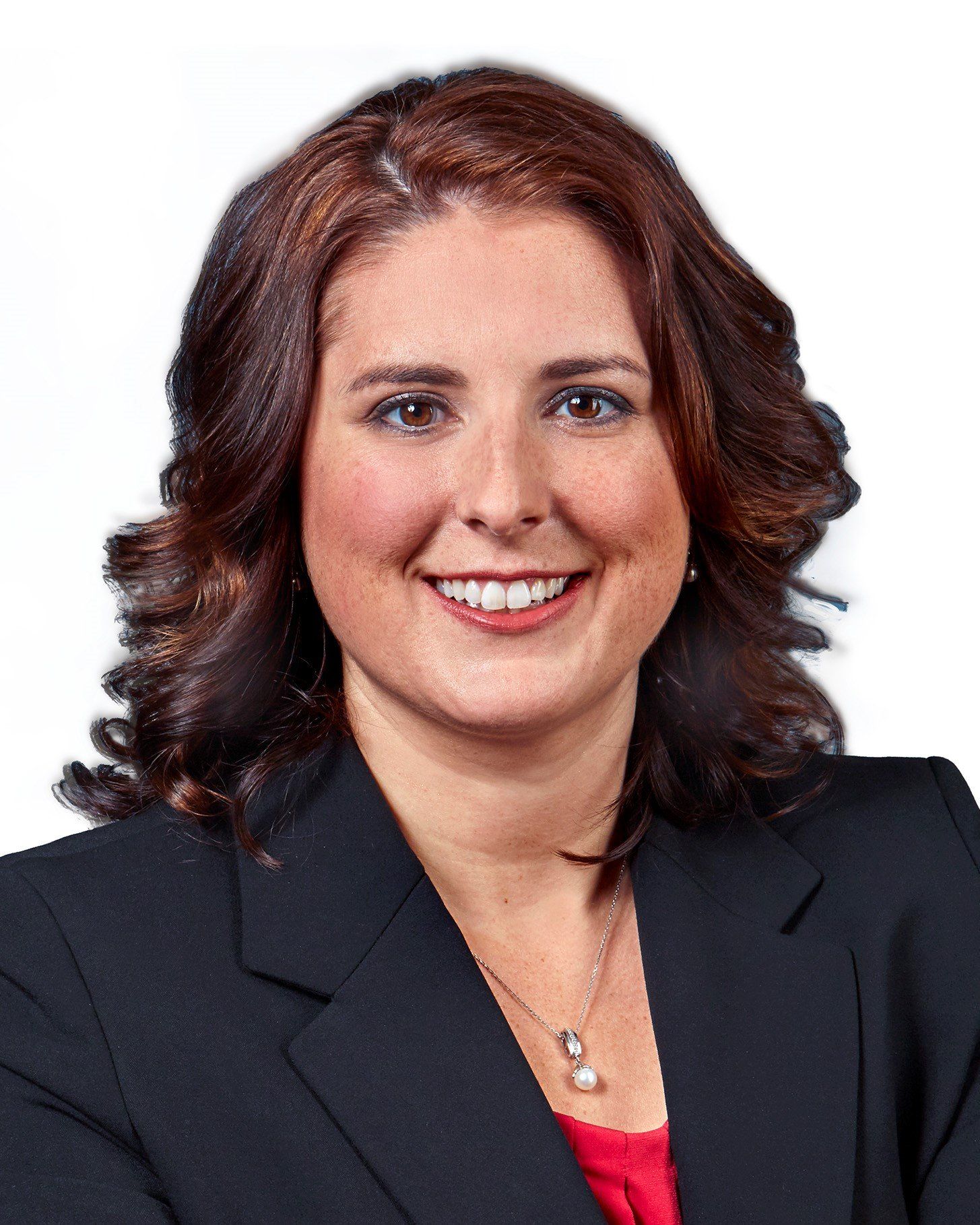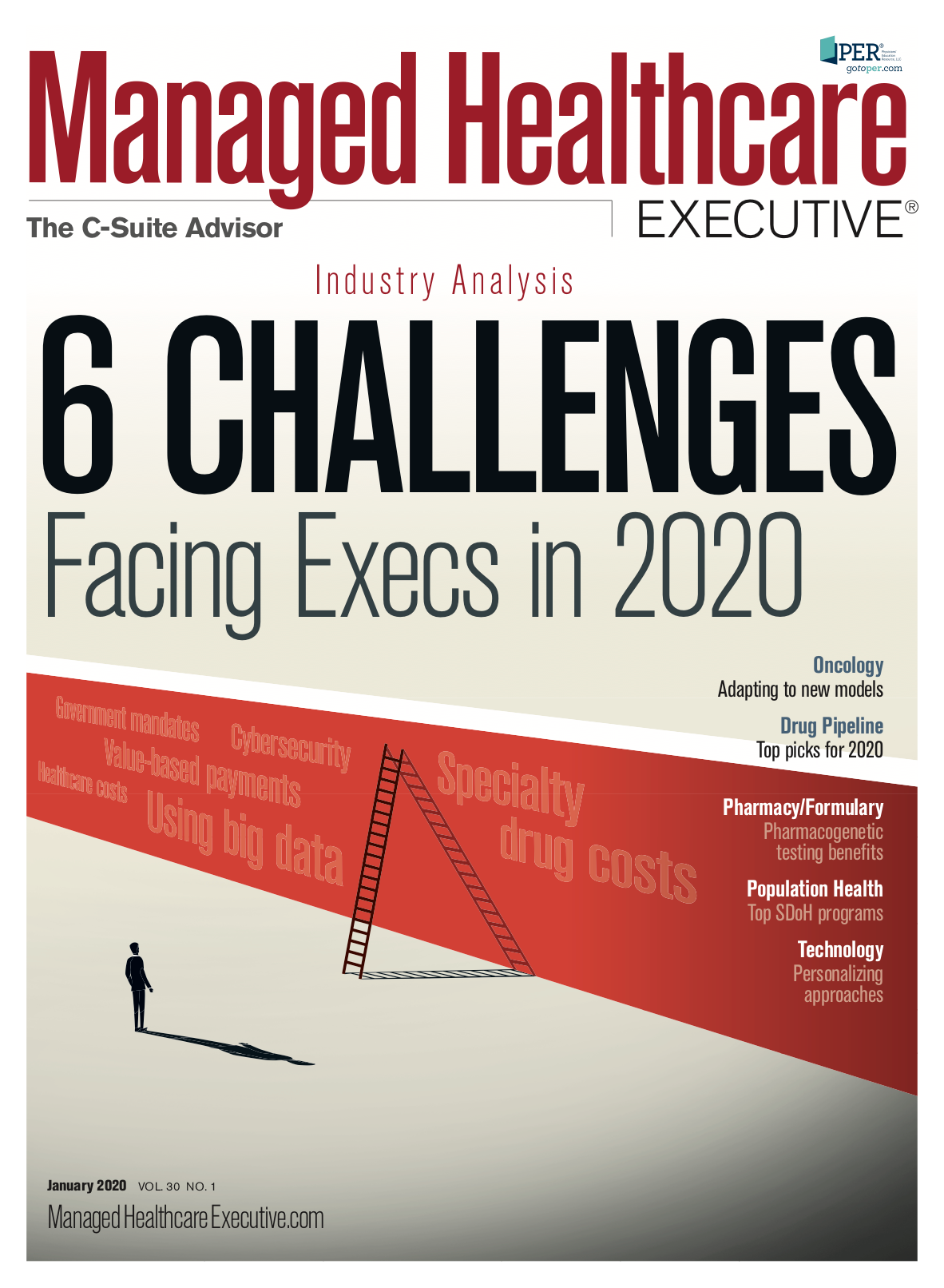4 Ways to Adapt to New Oncology Value-Based Models
Strategies to get the most value out of current and future oncology payment models

Ray D. Page

Rhonda Henschel

Andrew Hertler

Thanks to advances in medical innovation, survival rates for cancer patients have increased substantially in the past 30 years. However, such clinical improvements have come at a cost. Analysis from the National Institutes of Health indicates cancer spending increased 27% over 10 years, estimated to reach $158 billion in 2020.
Much of the rise is attributed to the surge in newer and more costly drug therapies. For example, the median annual list prices of new cancer drugs coming on the market doubled between 2013 and 2017. Meanwhile, payers and the 1.7 million patients who will be diagnosed with cancer this year are often left with difficult financial propositions.
It’s this combination of high prevalence and high treatment costs that’s driving a fundamental shift toward value-based reimbursement models in oncology. Both Medicare and commercial payers are seeking strategies that optimize care while reducing spending.
“Five years ago, there was a lot of resistance to value-based care, clinical pathways and making physicians responsible for outcomes,” says Andrew Hertler, MD, FACP, chief medical officer for New Century Health, an oncology specialty management company. “But over the last two years, there’s been a willingness to embrace these alternative payment models.”
Medicare model
Medicare is now three years into its Oncology Care Model (OCM), a pilot involving 175 practices and about a dozen commercial payers. OCM includes real-time monthly payments of $160 to reimburse providers for enhanced services, in addition to usual fee-for-service payments and retrospective quality bonuses. Currently, OCM providers have taken only upside risk, but CMS intends to transition providers to two-sided risk.
Rhonda Henschel, director of value-based commercial programs for McKesson, says CMS is leading the way in alternative payment, and commercial insurers are looking to gain insights from Medicare’s experience.
“Commercial payers want to be operating in value-based models, but there are barriers with legacy claim systems and their ability to execute the models,” Henschel says. “Claim systems are designed on fee-for-service. So it’s challenging for payers and providers to operate on a bundled case rate or episodic payment structure.”
She says payer and provider must come to the table to create a partnership, working out the logistics collaboratively because each participant will likely be at a different point of relative readiness for a value-based arrangement. “The key is to be deliberate with your strategy,” Henschel says.
Success hinges on oncologists being incentivized and enabled to deliver high-quality care alongside measurable cost savings. Experts say there are some emerging opportunities that stakeholders must examine in order to realize value in today’s oncology reimbursement models.
1. Optimize drug therapy
Treating cancer is much different now than in years past. In many cases, it’s become a chronic disease that can be managed with drug therapy over many years, and payment structures must reflect that, says Hertler, who is an oncologist. Innovative treatments include immunobiologics and agents that target cancer cells based on their genetic mutations.
“How do we create value-based care in a world in which we have the ability to keep cancer controlled, with patients living quite normal lives as long as they take very expensive drugs? The key is going to be using these new tools,” Hertler says.
For example, in lung cancer, there are several known genetic mutations. With genetic analysis, oncologists can choose the drug therapy most likely to be effective for the patient’s specific type of lung cancer, rather than using a trial-and-error approach. In the past, trial and error was the only treatment strategy, Hertler says, and it caused a lot of waste in the form of ineffective drug treatment.
He believes the upfront costs of genetic tests are offset by the value of choosing the right drug treatment from the outset. For example, a lung cancer liquid biopsy might cost $6,000, but he says it makes sense when drug therapies cost $20,000.
Related: Three Reasons Why Value-based Care Works
2. Avoid ED use and hospitalizations
Value-based models in general seek to reduce emergency department (ED) use and hospitalizations by favoring outpatient and preventive care. For oncology, symptom management presents an opportunity to save by shifting care to a less-costly setting when appropriate.
Hertler says the large majority of hospitalizations related to cancer are attributed to complications from therapy, and as many as half of those hospitalizations are avoidable. Changing therapies, addressing nutrition and hydration issues, prescribing preventive antibiotics, and even adding home care services can help.
“When we’re globally managing a patient, the biggest cost of care is drugs, and the other is hospital admissions and emergency room visits,” says Ray D. Page, DO, PhD, FACOI, an oncologist and hematologist. “If we can identify and manage patients to keep them out of the ED and out of the hospital, that’s to our practice’s advantage.”
Page says symptom management and triage pathways have been proven to reduce ED visits and hospitalizations for cancer patients. Pathways are essentially care protocols based on evidence. Value-based programs are beginning to integrate pathways into quality metrics.
In one study presented in the Journal of Oncology Practice in December 2018, Page and colleagues found that two practices were able to create $3.85 million in annualized cost savings by avoiding 222 ED incidents with associated hospitalizations. Nurses triaged the incidents-which included symptoms such as nausea and vomiting-via phone and followed symptom pathways to direct patients to physicians’ offices for assessment rather than the hospital.
“We did a lot of practice transformation around the triage system to show we can better manage those patients at risk of emergency room or hospitalizations, and by keeping them out, we save money for the payers,” he says.
Page, who is immediate past chair of the American Society of Clinical Oncology’s (ASCO) Clinical Practice Committee, says clinical pathways started gaining traction about three years ago as a means to increase value. They help care teams avoid ED and hospitalizations while also increasing efficiency and treatment effectiveness. ASCO estimates 60 U.S. health insurance plans are now using oncology pathways.
“I would guess that 20% to 25% of oncology practices across the U.S. are under a treatment pathway model or in the process of implementing it,” he says. “We have a ways to go.”
3. Align provider payment without full risk
Oncology has historically relied on a misaligned financial model. In the future, value-based oncology strategies will shift payment structures toward more rational reimbursement that accounts for the actual cost of care.
“We need to change the financial alignment with providers, and we need to pay for the care that they deliver,” Hertler says. “I’m not advocating that they be paid less. I’m advocating that they be paid differently.”
For most practices, the majority of the provider’s profits traditionally have come from the markup on chemotherapy drugs, he says. And that extra 20% or more in markup drove the organization’s finances, compensating for other unreimbursed services.
Some of the unreimbursed services include case management provided by nurse practitioners or physician assistants who can’t bill directly. Cancer patients often need nutritional counseling-another activity that isn’t reimbursed under fee-for-service. And many practices in the past have defaulted to in-person office visits-again, because they’re billable-in cases where a phone consultation might suffice.
“Everyone’s trying to do what’s right for the patient,” Hertler says. “But you’re also painfully aware that you are running a business, and you need to keep it solvent.”
He suggests payment models based on case rates with shared savings and incentives tied to quality and outcomes-but not total risk allocated to providers. The payer and provider must work in partnership to craft a fair model. While providers have been reluctant to adopt value-based pay in the past, it’s time to make the change, he says.
“Physicians are not insurance companies, and they have a small volume of patients,” he says. “The trick is to offer incentives for good outcomes, pay for the services provided, but not expect them to take on total risk. No one would start an insurance company with 1,000 cancer patients. That’s obviously not a great business model.”
4. Leverage data
“Value-based care requires that everyone has command of the data,” Page says.
His practice uses an artificial intelligence tool that stratifies patients to determine who might be at the highest risk for pain, hospitalization, readmission, physical decline, or death within 30 days. Weekly reports prompt case-manager outreach to help mitigate risks and refer patients to services, such as pain management or palliative care. He says preliminary results seem positive, but the program is a work in progress.
Henschel agrees that providers are going beyond traditional medical records to integrate more advanced technology stacks that provide predictive analytics as well as other holistic data points, such as social determinants of health. Being responsible for outcomes means treating more than just the cancer diagnosis.
“If a patient lives in an underserved area, they might need more outreach and more help with navigation,” she says. “If a patient has more chronic conditions, they probably need more touchpoints as well.”
The oncologist-or clinical staff-might create pain management care plans, for example, or screen for comorbid depression, Henschel says. Otherwise, the non-cancer conditions can lead to ER visits and hospitalizations.
“It’s been on everyone’s radar, and with the greater uptake of financial risk built into value-based programs, we’ll see greater movement to adopt these technologies,” Henschel says.
Decision support tools also help providers sift through the growing list of diagnostic inputs and map them against today’s many treatment options. With such a high volume of data points, providers are relying more on machine learning than ever before.
“When I was a young oncologist three decades ago, I pretty much walked around with most of the treatment options in my head,” Hertler says, but now there is far too much information for any provider to maintain from memory alone. He says machine learning is becoming more important because it’s able to work out algorithms quickly in the background, suggesting optimal care plans.
Julie Miller is a freelance writer based in Cleveland.

Extending the Capabilities of the EHR Through Automation
August 2nd 2023Welcome back to another episode of "Tuning In to the C-Suite," where Briana Contreras, an editor of Managed Healthcare Executive, had the pleasure of chatting with Cindy Gaines, chief clinical transformation officer at Lumeon.
Listen
Upended: Can PBM Transparency Succeed?
March 6th 2024Simmering tensions in the pharmacy benefit management (PBM) industry have turned into fault lines. The PBMs challenging the "big three" have formed a trade association. Purchaser coalitions want change. The head of the industry's trade group says inherent marketplace friction has spilled over into political friction.
Read More
Florida Gets the OK. But Will Drug Importation from Canada Actually Happen?
March 5th 2024Canadian health officials warn that maintaining a drug supply for Canadians is their priority. The staunch opposition of the U.S. pharmaceutical industry may also be an obstacle to imports from north of the border.
Read More